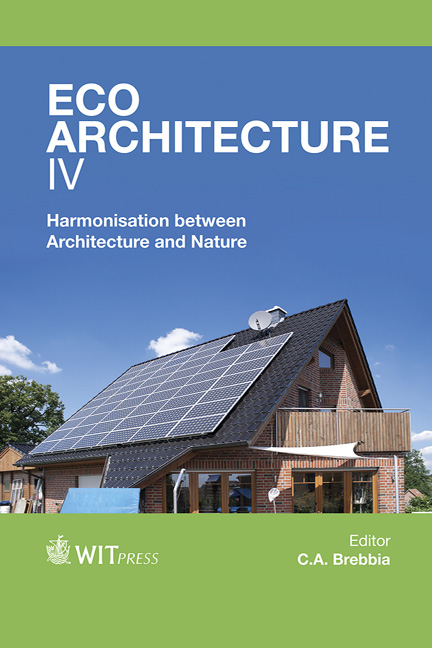Renewable Energy Sources For Historic Buildings: The Crucifers Convent In Venice
Price
Free (open access)
Transaction
Volume
165
Pages
12
Page Range
335 - 346
Published
2013
Size
2,030 kb
Paper DOI
10.2495/ARC120301
Copyright
WIT Press
Author(s)
L. Schibuola & C. Tambani
Abstract
The design of historic building conservative restoration based on Eco- Architecture principles is the theme considered here. The recovery of buildings subjected to preservation in order to use them for modern functions is a widespread problem in many old European cities. This exigency arises from the observation that often only a real utilization justifies the costs of the refurbishment and of the following maintenance work. But the existing restrictions usually prevent working on the building envelope to reduce the energy demand. However, the sustainability of the restoration cannot ignore the strict requirements about energy consumption and management cost reduction. It is therefore necessary to focus the intervention on the energy efficiency of the plants taking the opportunity to exploit the renewable energies even more than in new buildings. The case of the former convent of the Crucifers in Venice is presented here. The lagoon environment suggests the use of the surface waters coupled with a heat pump as renewable energy source. The modeling of the building-plant system and the consequent simulation of the annual energy performances permit the comparison between the adopted solution and the other alternatives. The study points out the possibility of achieving significant energy savings. Keywords: historic building, heat pump, renovation, lagoon water, renewable energy sources, energy efficiency, Venice.
Keywords
historic building, heat pump, renovation, lagoon water, renewable energy sources, energy efficiency, Venice





